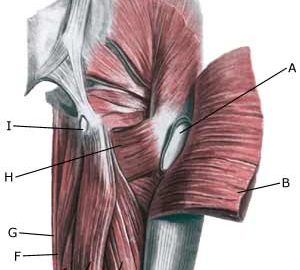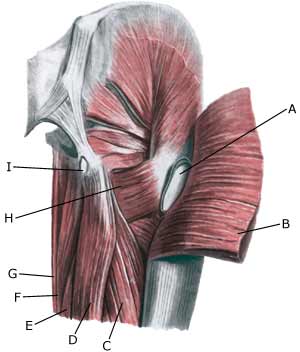|
||
|
||
| Cause: In case of repeated loads or blows the bursa can become inflamed, produce fluid, swell and become painful.
Symptoms: Pain upon applying pressure on the bursa (sitting position), which sometimes (but far from always) may feel swollen. Aggravated upon stretching and activation of the posterior thigh muscles (flexing of the knee against resistance) (article). Acute treatment: Click here. Examination: In slight cases with only minimal tenderness, medical examination is not necessarily required. In cases of more pronounced pain or lack of progress, a medical examination should be carried out to ensure a correct diagnosis and commencement of treatment. The diagnosis is usually made on the basis of a normal medical examination, however, if there is any doubt surrounding the diagnosis, it can easily and quickly be confirmed under an ultrasound scan. Treatment: The treatment primarily consists of relief. The treatment can be supplemented with rheumatic medicine (NSAID) or the injection of corticosteroid in the bursa preceded by draining of the bursa, which can advantageously be done under ultrasound guidance. Complications: If progress is not smooth, it should be considered if the diagnosis is correct or whether complications have arisen. The following should in particular be considered:
|


